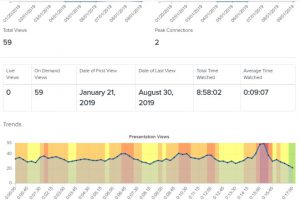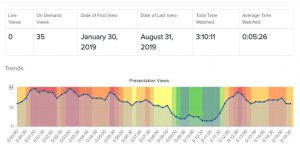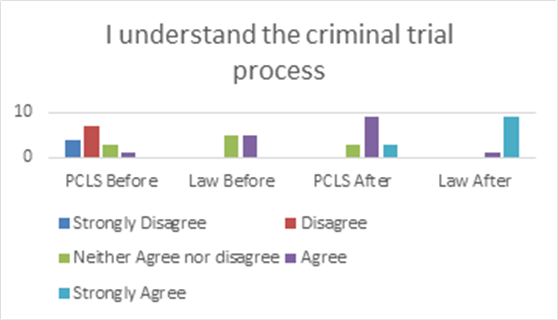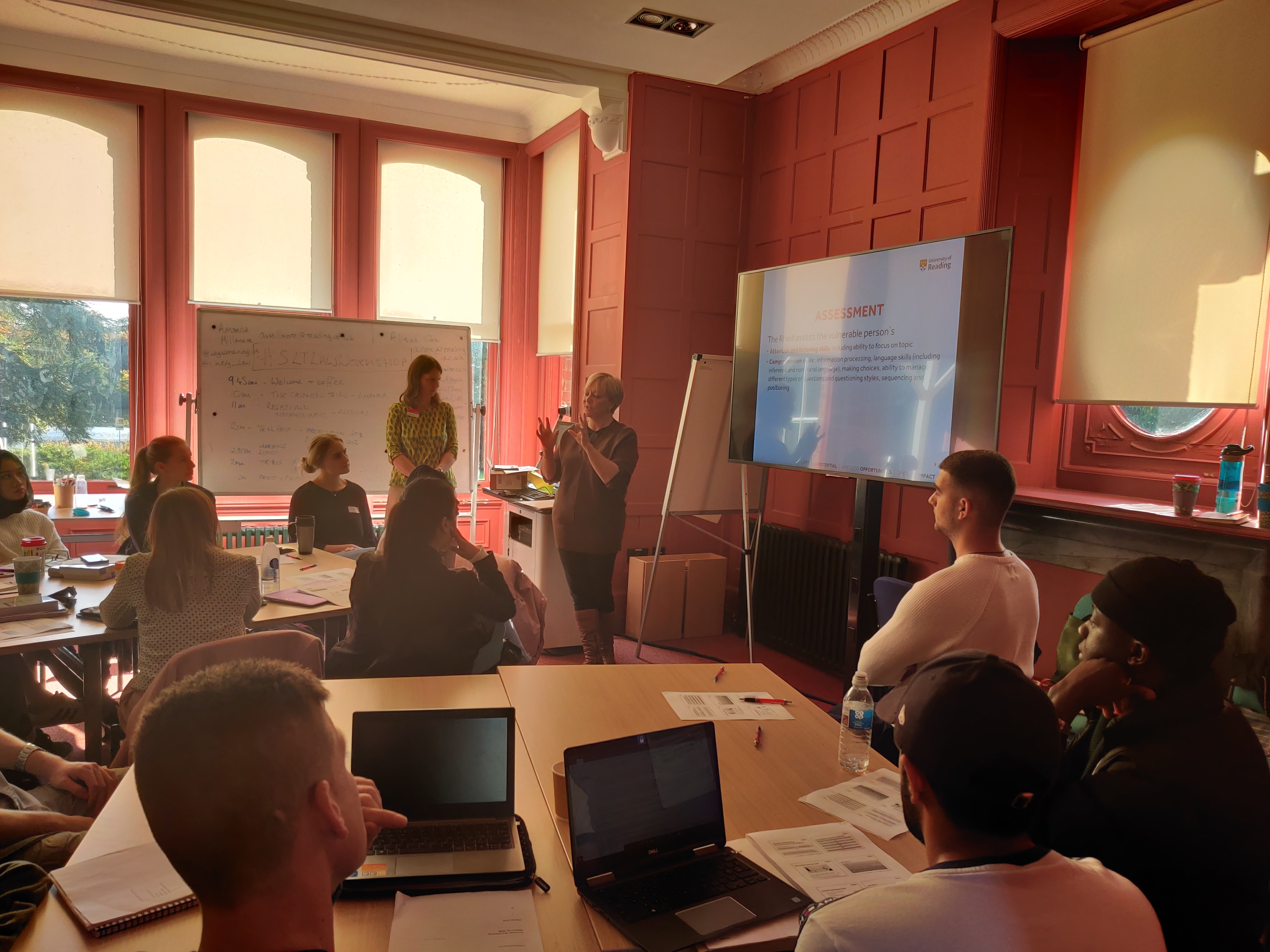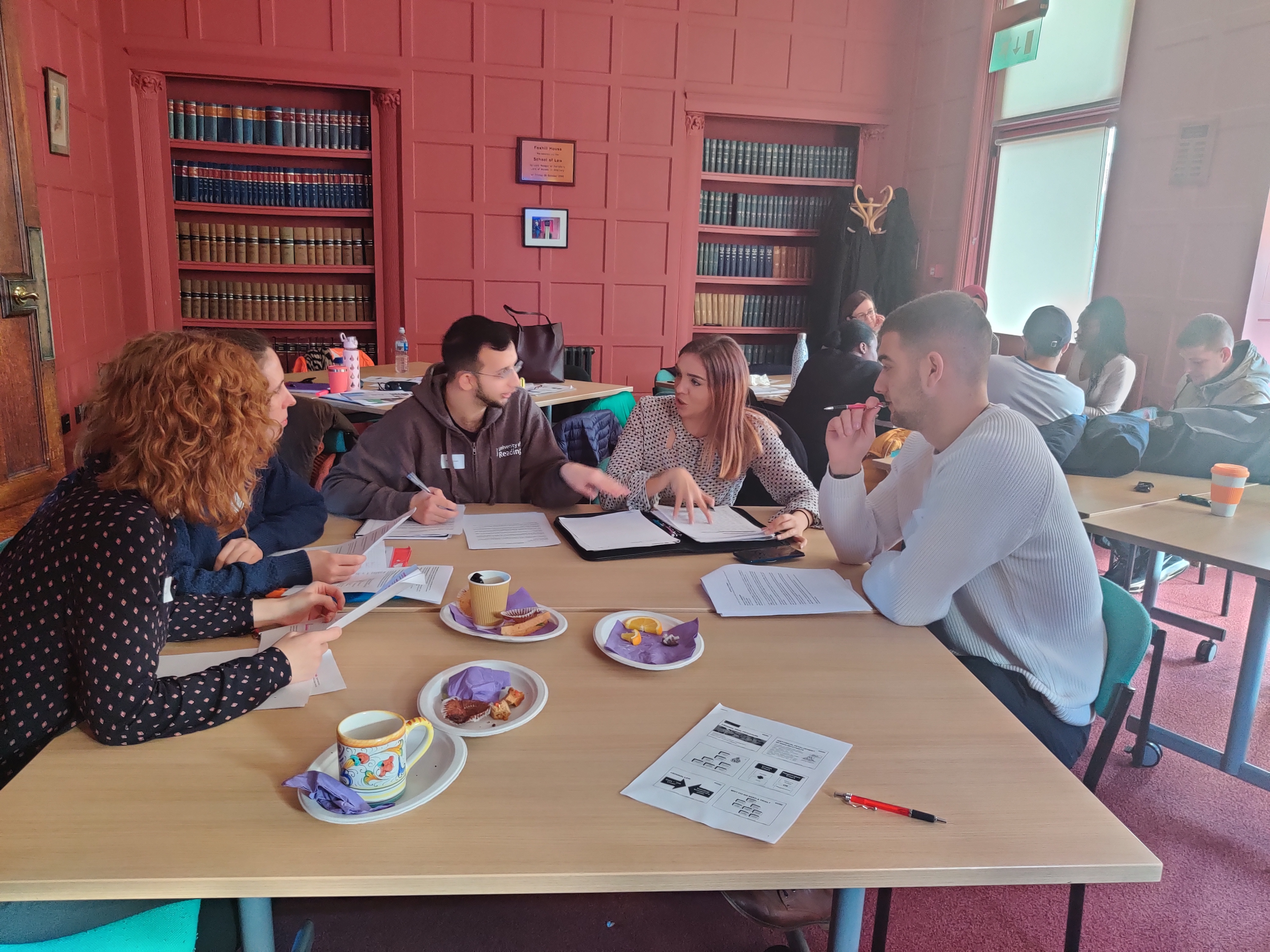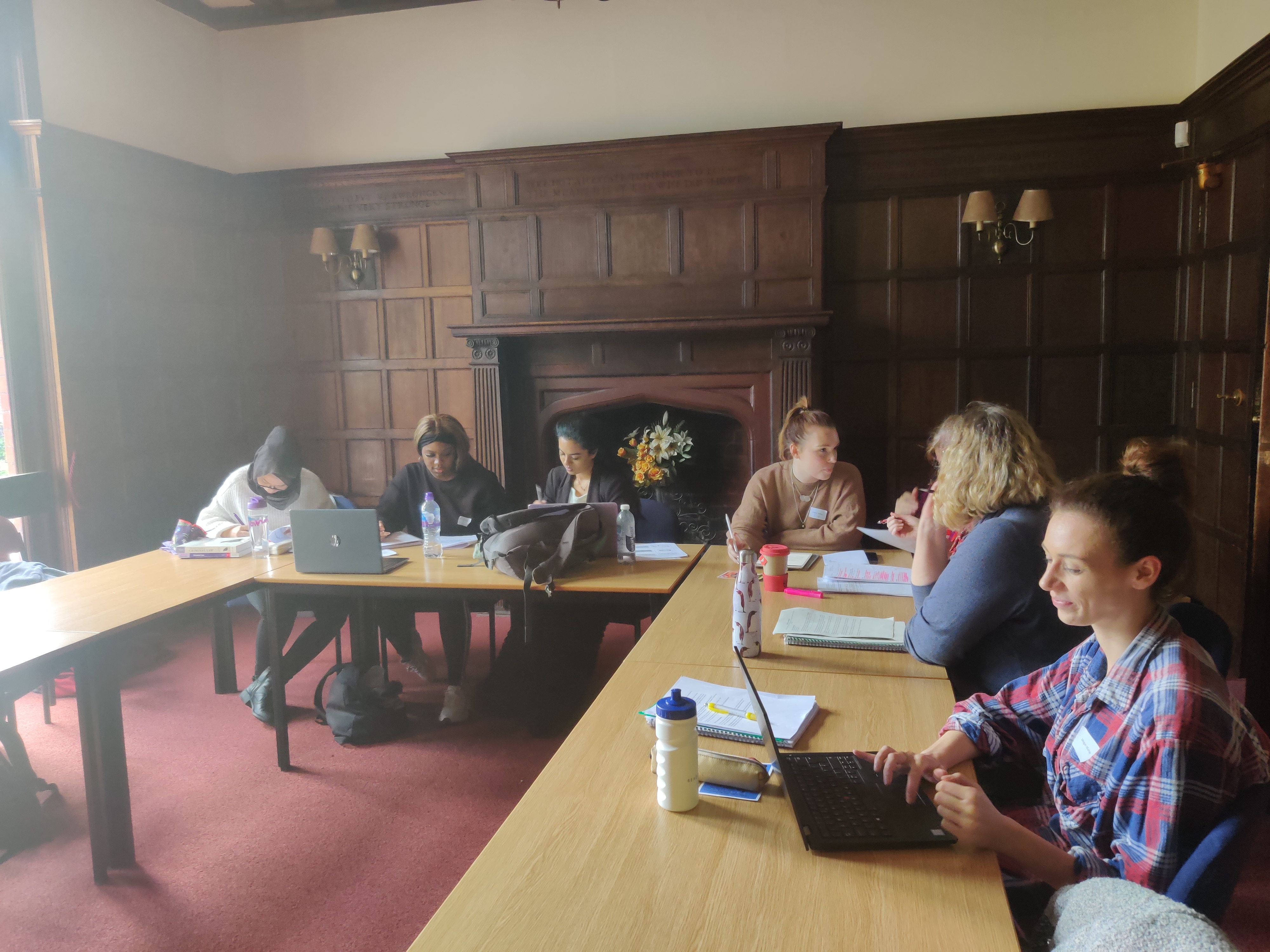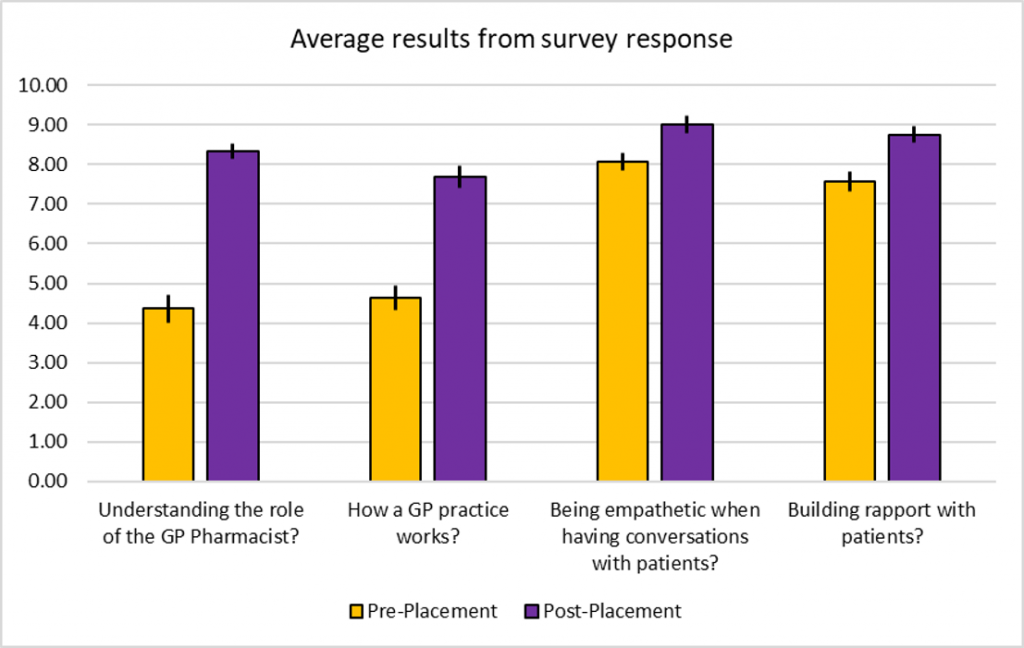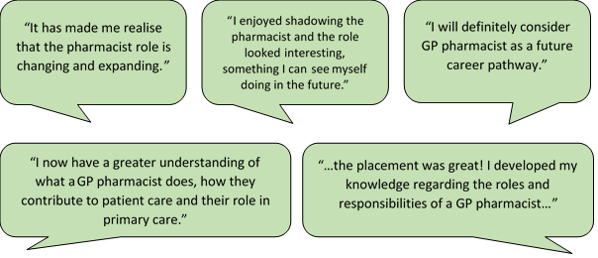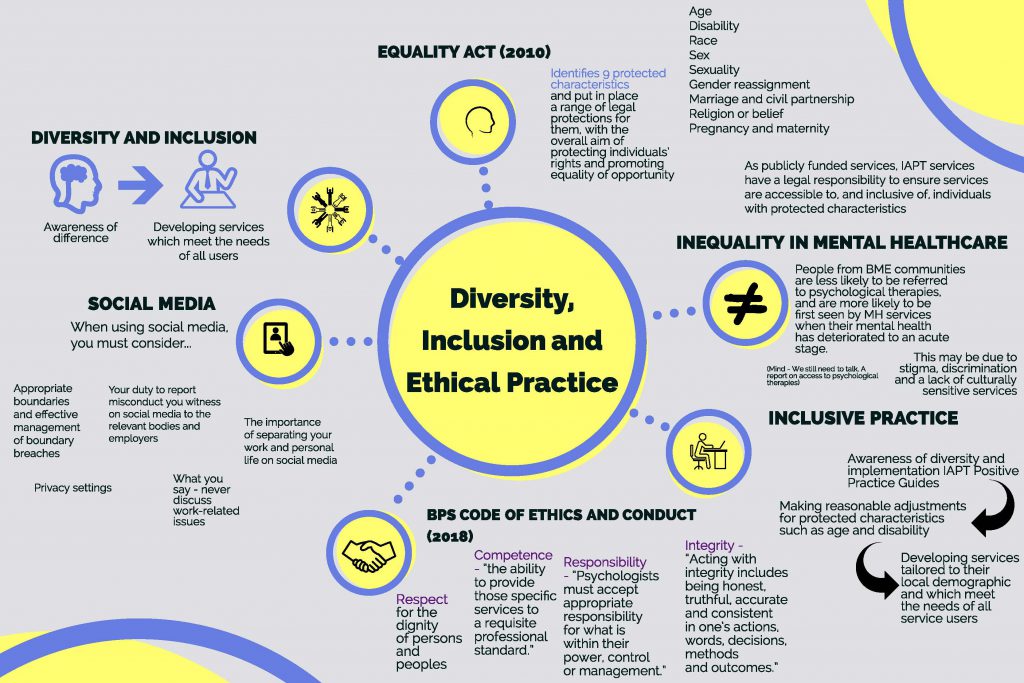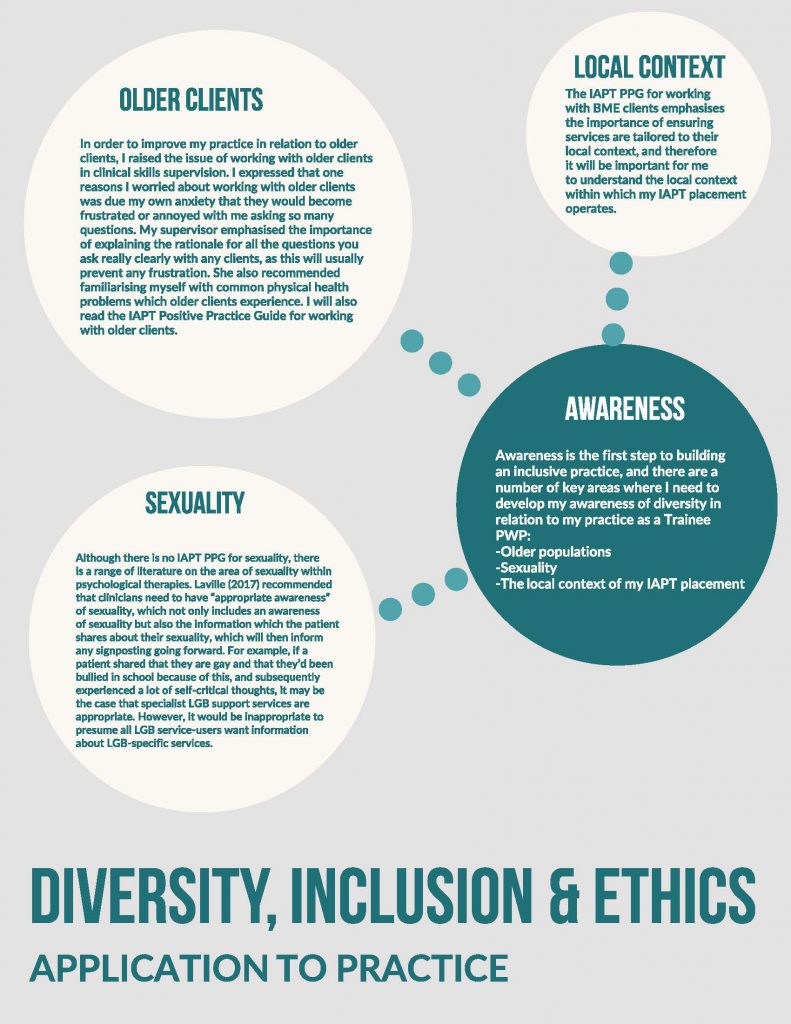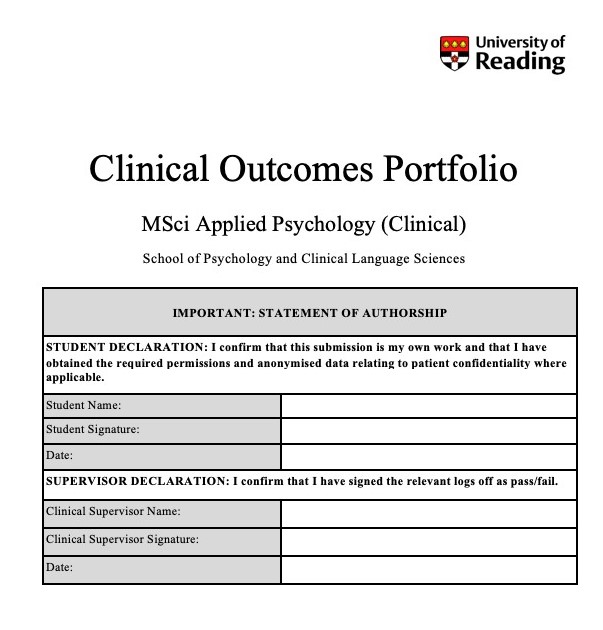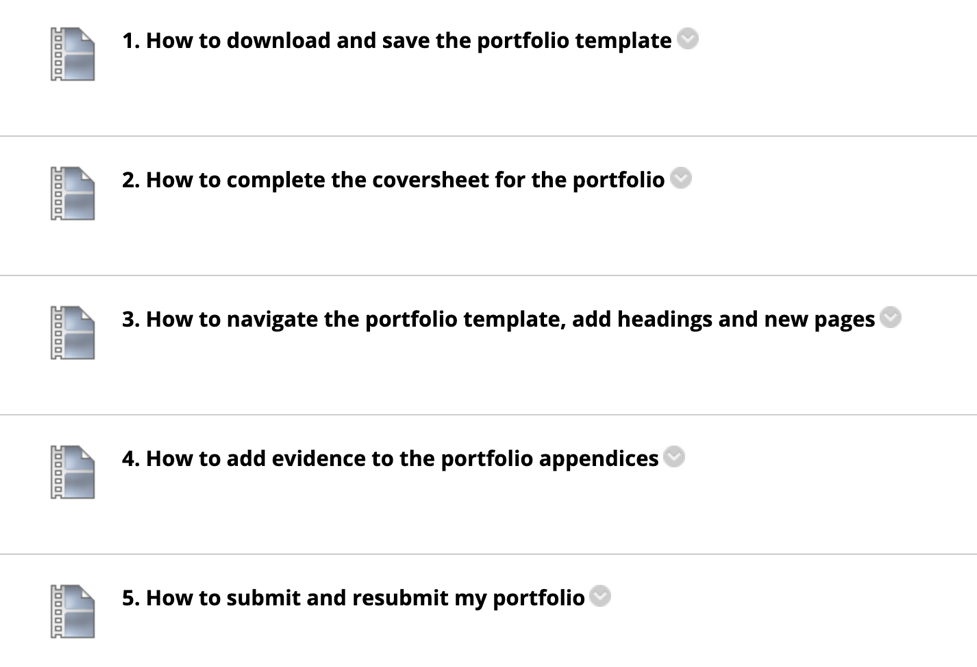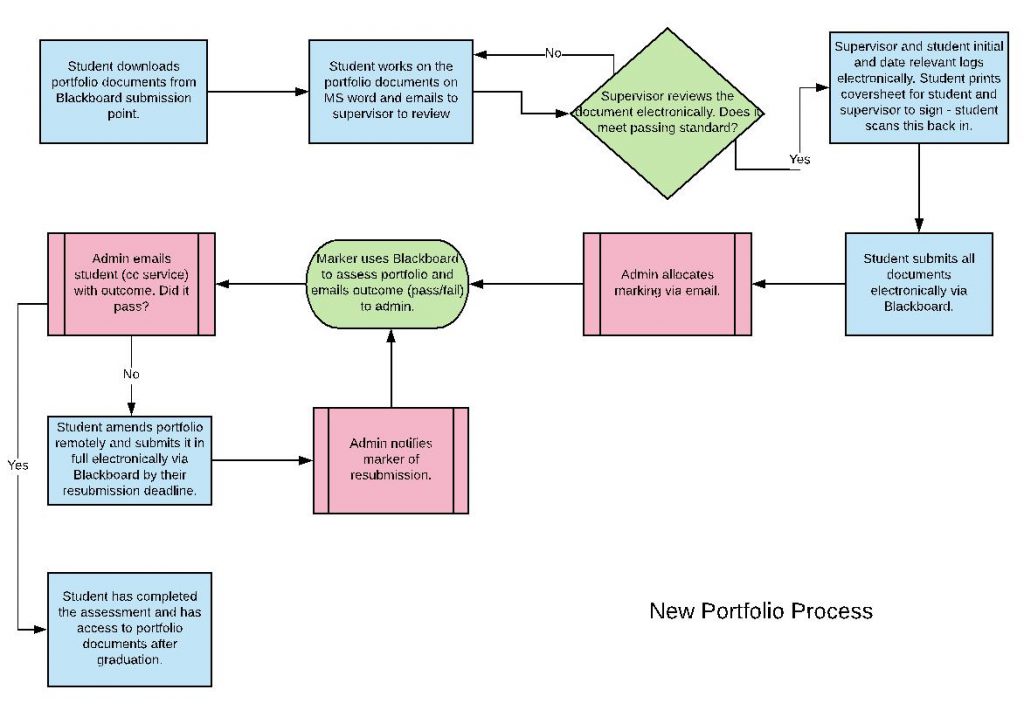Dr Rhianedd Smith – University Museums & Special Collections Services
Overview
This project looked at creating extension videos to help people to access behind-the-scenes and professional skills from museums and heritage sites which could not be delivered in class. It also allowed revision for skills which might be lost due to issues around memory in sometimes overwhelming live workshops.
Objectives
- Use personal capture to enhance a more general strategy of digital scaffolding for students working with collections.
- Teach students behind-the-scenes skills e.g. using a catalogue or packing museum objects.
- Allow access to expertise which might not be possible in a classroom setting through recorded interviews with staff.
- Creating a format that will help students with additional needs to revise skills which may require repeat instructions or access outside of an overwhelming live action workshop.
Context
We have an increase in staff wanting to use collections and field visits for teaching which meant a greater cohort of novice staff and students to support through basic skills training. We only have a small team of professional staff and when they were used in class, it was often to deliver standard information, not making the best use of their expertise and knowledge of the collections. It also meant that time with collections was being wasted for students and academic staff.
For certain practical workshops, it was very hard for students to catch up via lecture notes. We realised that certain skills were actually more appropriate for one-to-one training which we could not support face-to-face e.g. taking somebody through catalogue searching. Through talking with the RUSU Disability Rep and the Disability Office, we also realised that practical workshops can be stressful, tiring and overwhelming for some disabled students, students with mental health issues, or students with chronic illness. While we still focus on hands-on teaching, we realise some students might be doubly disadvantaged around core skills by being more likely to miss classes due to illness or anxiety about the format and then having no way to catch up.
Implementation
We have a small cohort so we have been able to discuss with them over several years what kinds of scaffolding might be needed. This year, we did some evaluation of our modules funded by T&L Dean Elizabeth McCrum which revealed, for example, that students felt they needed more museum-specific guidance around project planning and team work. We also had ongoing meetings with the RUSU Disability Rep (Blythe Varney) who was working on a project to create volunteering resources for students with disabilities.
Adam Lines, Nicola Pickering and I have worked together on this. We created a Trello board to suggest possible videos which might be created and have been interviewing staff.
We have tended to make the videos unscripted but with multiple tries at some of the commentary. Using PowerPoint slides helps and Rhi and Adam have used them in a similar way to how they are used in lectures where the slides are prompts.
Depending on the topic, we’ve used a mix of narrated PowerPoint, screen capture with a talking head, straight video uploaded, and we’re looking at pure audio with images for some of the staff interviews. We’ve made some of the videos through uploading via material recorded on an SLR camera, or using an app on an iPhone.
We had to edit the videos. With the PowerPoint ones, it was much easier (just trimming the beginning and end and editing the intro panels). For more complex videos, we utilised Final CutPro which we have as a result of #DigiRDG.
Two students made some scripted film via SLR (funded by the Diversity and Inclusion fund) and we’re also hoping to use this. Given the reliance on the desktop or laptop, we’re thinking any future student input is probably going to be captured using the iPhone Mediasite app. Students also contributed photographs for the field-site visit and appeared in the film.
Impact
Adam has actually made some of the videos publicly available as he realised that they would be useful for all visitors, not just students. We’ll be embedding these in a new Museums & Collections Portal launching in December. Rhi is fairly digitally literate but has not used video before. A lot of her scaffolding content on Blackboard was text-based and this definitely changed the way that she thought about scaffolding options. At the time of writing, we haven’t had the chance to fully evaluate the student response to the new video content yet but will be working with key stakeholders over the next year as part of a wider TLDF project about skills provision. We’re running some of our videos with a new first year cohort in mind (e.g. the guides to the museums) so we should be getting feedback on them in the next couple of months. We’ll be asking questions in class and using Mediasite and Blackboard analytics to gather data on use. We’ll also be asking students for requests for videos.
Reflections
Our videos were sometimes quite ambitious and thus we sometimes took more time to organise with other staff. We found that other staff were also concerned about being on camera and had to be properly prepped. This has meant that we haven’t fully explored the options for making the kind of ‘quick fix’ videos which personal capture lends itself well to. Our ambition also meant that we sometimes had to bring in other technologies and software to produce the screen-casts but use Mediasite to embed them within Blackboard. For example, the fieldwork video at a National Trust site required use of a phone (still using the Mediasite app). Adam had had training in video creation as part of #DigiRDG so he used a camera and more sophisticated editing software for some of the behind-the-scenes videos which required high quality footage and mobility (not always possible with a screen camera).
We haven’t had the chance to fully evaluate our use of personal capture yet as we had to use the summer to create a lot of the content. This should be something we take into consideration in the future when creating updates each year.
Follow up
We have been looking at digital and in-class scaffolding more generally so Mediasite became an important part of that toolkit when thinking this through. We have received TLDF funding to explore skills training through working with collections and will be creating something like UCL’s ABC workshop (but with collections as the focus). We’d like to include information on personal capture as one of the ways of supporting learning when developing a collections module. The pilot project definitely allowed us to think about exactly what personal capture might be good for in this context and we can use this knowledge to train other academics and professionals
Adam is giving a paper at Research Libraries UK RLUK Special Collections Leadership Network about our wider teaching and learning offer including our use. Our colleagues Guy Baxter and Kate Arnold-Forster are also giving a paper on our digital strategy at DCDC (P8 https://dcdcconference.com/dcdc19-papers/) which will include a short discussion of how we work with teaching and research.
